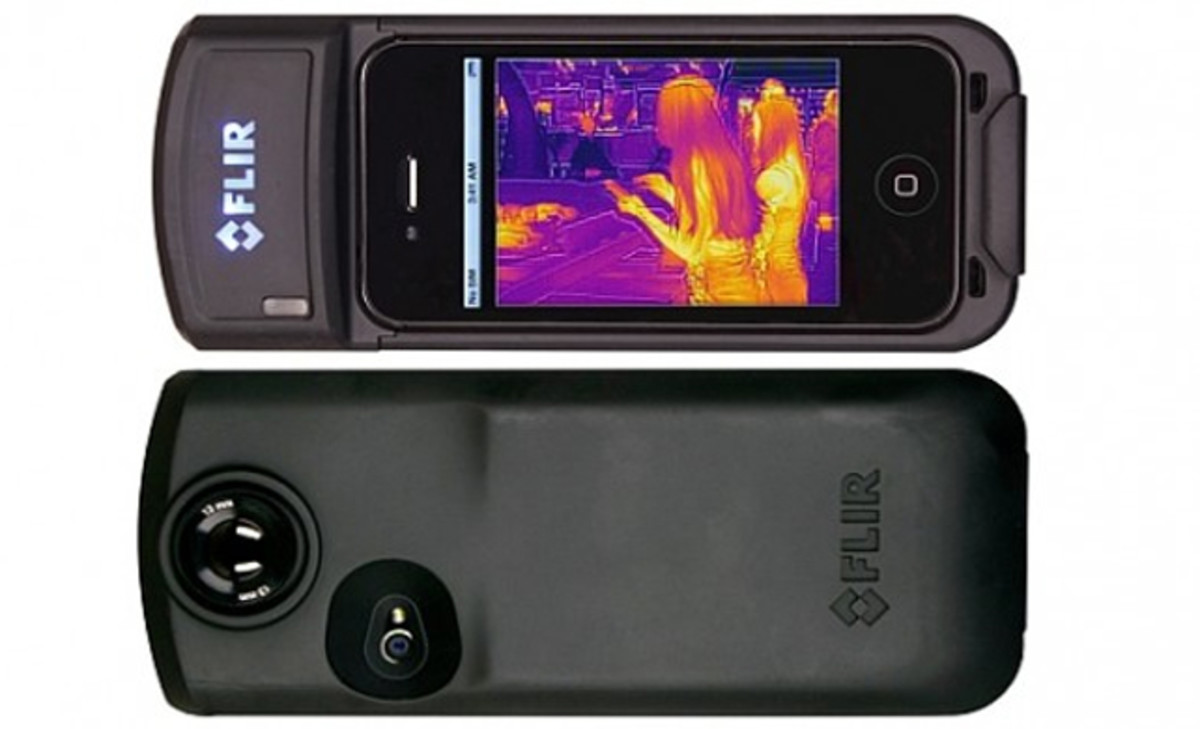I was working towards that I rating, most all non I rated private pilots trained in the early 70's should have no problem flying in IMC, we had to learn to use the instruments. (Its not the instruments that are the issue its the radio work.) Besides IMC can sneak up on you in some instances. I could in the day use a VOR to locate my position I used it many times at night, having 2 VOR's in the plane would even be nicer. But wow synthetic vision is a game changer.
Evidence that it would have made a difference ?, it would unless the pilot had a heart attack. It makes night and fog and clouds look like a clear day how can that not make a difference? The only thing that raises the cost of any such system is because they can.
Synthetic vision is just a fancy GPS with terrain mapping. Radar and infrared is installed on cars now isn't it?
And if you ever watched air disasters you would see plenty of instrument rated commercial pilots that had thousands of dollars of training crash into mountains they could not see. I really don't understand the argument against a great live saving device, that is almost like poo pooing the TCAS system.
“If you ever watched air disasters”…really? I have done the investigation on air disasters. I have done several crash investigations. As military pilot, and an airline pilot, I have studied air disasters, through analysis of the actual reports, not via some media generated sensationalism on television. I bring that analysis into the training environment. I have been a pilot for 38 years. I have landed in dense fog. I have flown in all kids of weather.
I understand what works.
And what doesn’t.
I am not poo pooing the system - I am poo pooing the silly idea that adding a $1,000,000 system to a $100,000 airplane would make it safer. What would make that airplane safer is a few thousand in better pilot training.
Synthetic vision is not the game changer you imagine. Night and fog and clouds don’t look like clear day, except through the HUD, when close to the ground. Somatogravic illusions are just as powerful no matter the display in front of you. Synthetic vision doesn’t work at cruise, only on approach.
So, the only accidents that you have been pointed out would not have been helped by this system. The system does not work the way you think it does and the HUD is both expensive and limited in field of view. If you lose control with a functioning gyro, then synthetic vision would not have helped.
Those accidents would have been prevented by smarter, more responsible pilots.
So, forcing millions of dollars in upgrades onto every airplane, destroying private aviation, seems like a waste of money when it would not have prevented an accident.
Far more effective to spend a few thousand dollars on pilot training instead of wasting enormous sums of money on this idea.
Instead of one airplane equipped with synthetic vision, that would not have helped, through training, you could equip thousands of pilots to avoid those situations that caused the Kobe Bryant crash.
You get a lot more result out of pilot training.




